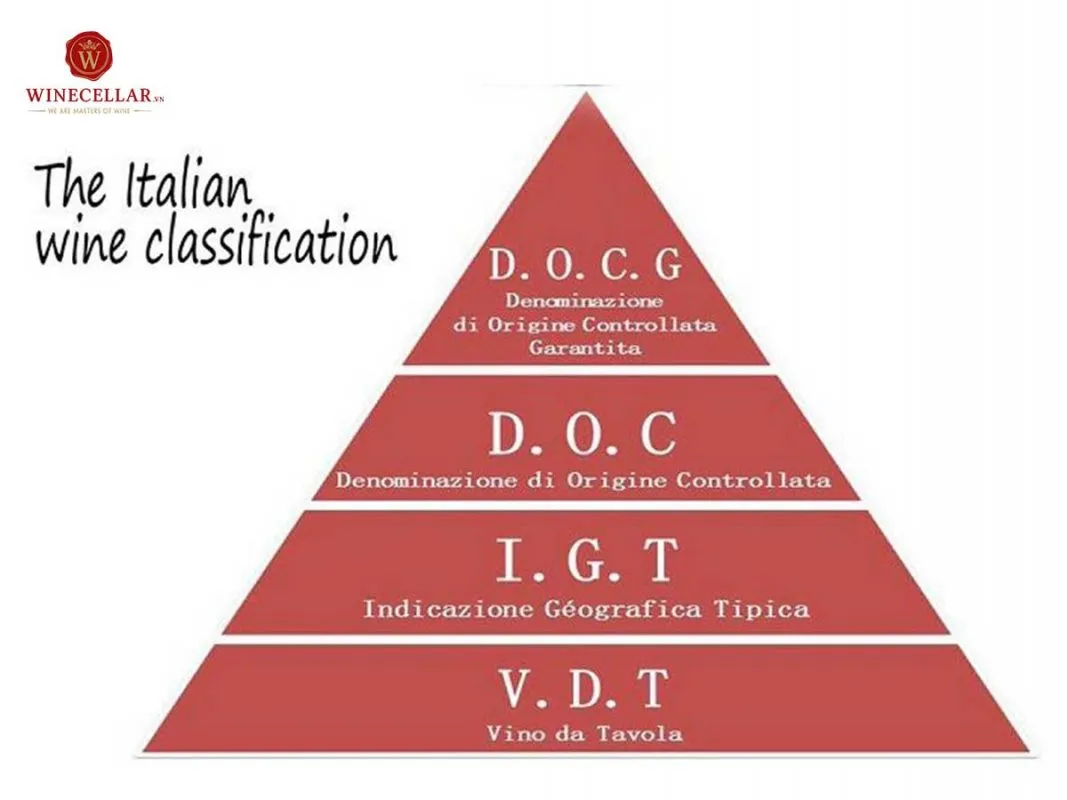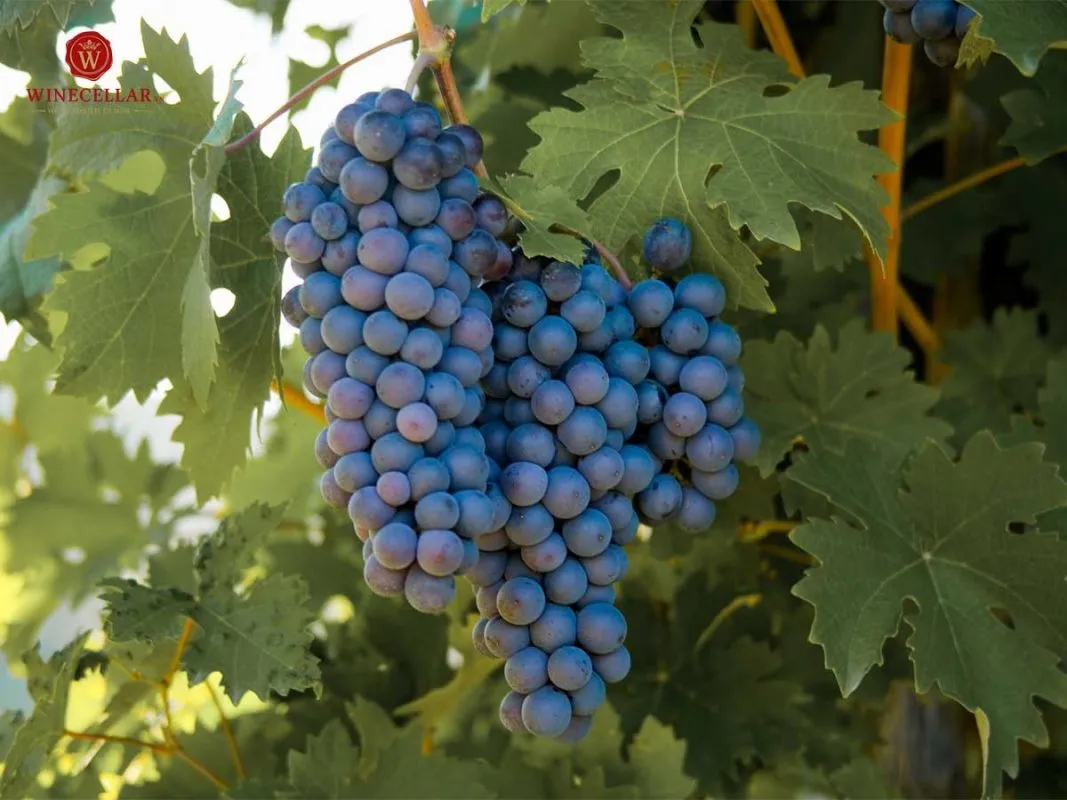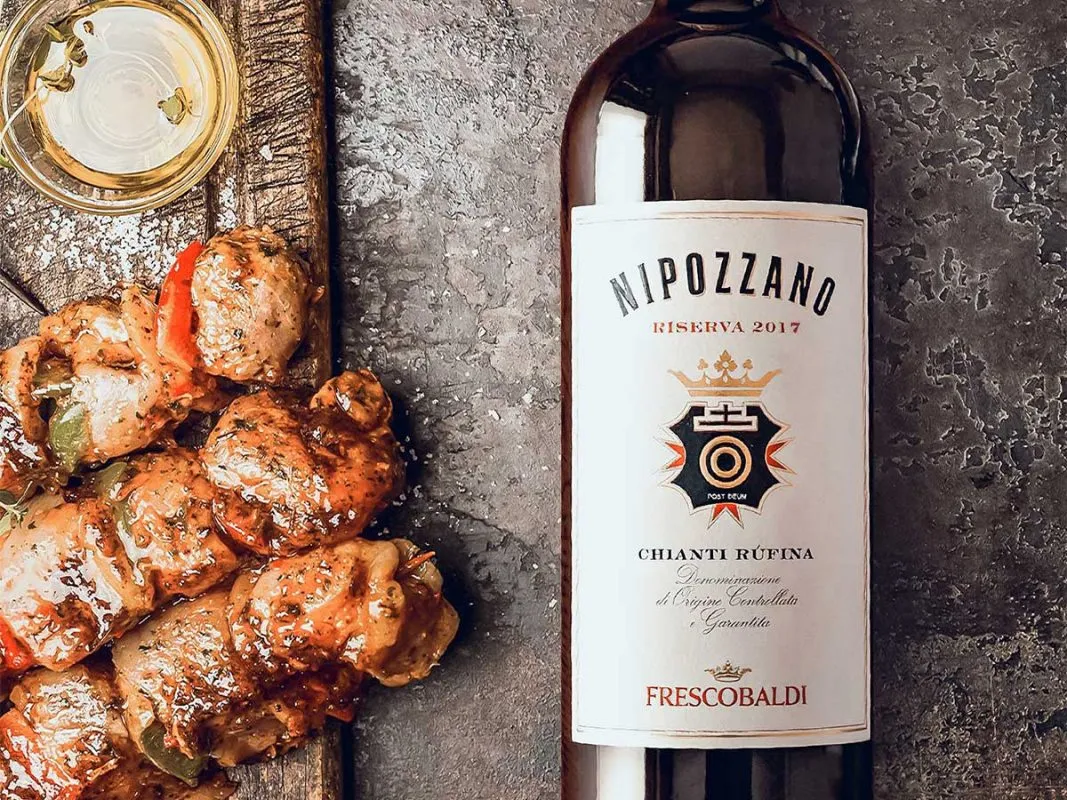Tuscany, a region renowned for its rolling green hills, magnificent Renaissance architecture, and long-standing wine heritage, has always been a dream destination for food and culture enthusiasts. More than just the birthplace of exquisite wines, Tuscany is also home to ancient wine bars, where you can immerse yourself in history and savor the distinctive flavors of this land. Join us as we explore these unique wine bars, where time seems to stand still and wine stories are told with every glass.
Tuscany: Land of Wine and Historical Tales
Tuscany, the heart of Italy, has long been known as a wine paradise. With a winemaking history dating back to the 5th century BC, Tuscany is not just a region but a symbol of refinement and passion in the art of winemaking. The mild Mediterranean climate, fertile soil, and gentle hills create ideal conditions for grape cultivation, especially the renowned Sangiovese variety.
This region boasts prestigious wine names such as Chianti Classico, Brunello di Montalcino, Vino Nobile di Montepulciano, and world-class “Super Tuscans” like Masseto and Ornellaia. Each bottle of Tuscan wine carries a story, a piece of the region’s history and culture.

Tuscan Wine Classification System
To better understand the world of Tuscan wines, you need to grasp the wine classification system here. Tuscan wines are classified into three main levels, reflecting quality and production processes:
- VdT (Vino da Tavola): This is the most basic level, typically for wines without a specific regional designation and with minimal regulations.
- IGT (Indicazione Geografica Tipica): This level indicates the geographical origin of the wine but still allows flexibility in the use of grape varieties and production methods.
- DOC (Denominazione di Origine Controllata) and DOCG (Denominazione di Origine Controllata e Garantita): These are the two highest levels, strictly regulating the production area, grape varieties, production methods, and wine quality. DOCG is the highest level, ensuring that the wine undergoes rigorous inspection and testing to guarantee exceptional quality.

Explore Famous Wine Regions in Tuscany
Tuscany is divided into many sub-regions, each with unique soil and climate characteristics, producing distinctive wines. Here are some of the most famous wine regions in Tuscany:
- Chianti Classico: Famous for Chianti Classico wine, made primarily from the Sangiovese grape. Chianti Classico wines often have flavors of cherry, plum, and spice, with balanced tannins.
- Chianti Rufina: A smaller region northeast of Florence, known for Chianti Rufina wines with robust structure and complex flavors.
- Brunello di Montalcino: The region that produces Brunello di Montalcino, one of Italy’s most expensive and highly-rated red wines. Brunello di Montalcino is made from 100% Sangiovese Grosso grapes and must be aged for at least 5 years before being released to the market.
- Vino Nobile di Montepulciano: Famous for Vino Nobile di Montepulciano, an elegant and refined red wine made primarily from Sangiovese grapes.
- San Gimignano: Known for Vernaccia di San Gimignano, a dry, fresh, and flavorful white wine.
- Bolgheri: A coastal region famous for “Super Tuscan” wines, made from international grape varieties such as Cabernet Sauvignon, Merlot, and Cabernet Franc.
Historic Wine Bars in Tuscany: Where Time Stands Still
Tuscany is not only famous for its vineyards and modern wineries but also for its historic wine bars, where you can experience a historical ambiance and savor traditional flavors. These wine bars are often located in ancient villages, with classic stone architecture and cozy spaces, creating a unique and unforgettable atmosphere.
Some famous wine bars in Tuscany:
- Osteria Le Logge (Siena): Located in the heart of Siena, Osteria Le Logge is a renowned wine bar with a menu of traditional Tuscan dishes and an extensive wine list.
- La Giostra (Florence): Popular with locals and tourists alike, La Giostra is famous for its cozy atmosphere and delicious menu, especially grilled meat dishes.
- Enoteca Pitti Gola e Cantina (Florence): Near the Pitti Palace, Enoteca Pitti Gola e Cantina is a small but famous wine bar with a curated wine list and tasty appetizers.
Stepping into these wine bars, you will feel the warmth and friendliness of the locals while discovering stories about Tuscan wine and culinary culture.
Sangiovese Grape: The Soul of Tuscan Wine
Sangiovese is the most popular red grape variety in Tuscany and is considered the soul of the region’s wine. Sangiovese can adapt to various soil types and climates, producing wines with diverse flavors and styles.

Sangiovese is a late-ripening grape and needs plenty of sunlight to develop best. Tuscany’s mild climate, with warm sunny days and cool nights, provides ideal conditions for Sangiovese to thrive, helping grapes achieve a perfect balance of sugar, acidity, and aroma.
Sangiovese is the main component of many famous Tuscan wines, including Chianti Classico, Brunello di Montalcino, and Vino Nobile di Montepulciano. Each of these wines has its own flavor and style, reflecting the characteristics of the region and production methods.
Besides Sangiovese, Tuscany also grows other grape varieties, including Cabernet Sauvignon, Merlot, Cabernet Franc, and Vernaccia. These grapes are often used to produce “Super Tuscan” wines or blended with Sangiovese to create complex and unique wines.

Enjoying Tuscan Wine: Art and Experience
Enjoying Tuscan wine is not just about drinking a glass; it’s an art and an experience. To fully appreciate the flavor and beauty of Tuscan wine, pay attention to the following:
- Choose the right glass: Select a wine glass shape that suits the type of wine you are drinking. Red wine glasses are usually larger than white wine glasses to help the wine breathe and release aromas.
- Serving temperature: Serve wine at the appropriate temperature. Red wine is usually served at room temperature (16-18°C or 60-64°F), while white wine is usually served chilled (8-12°C or 46-54°F).
- Food pairing: Pair wine with suitable dishes. Red wine often pairs well with red meats, hard cheeses, and richly flavored dishes, while white wine often pairs well with seafood, salads, and light dishes.
- Engage all your senses: Observe the wine’s color, smell its aroma, and taste its flavor. Let the wine linger in your mouth and appreciate its complexity and elegance.

Conclusion
Exploring the historic wine bars of Tuscany is a fascinating and memorable journey, bringing you closer to the culture and history of this region. From rolling green hills to ancient villages, from vast vineyards to cozy wine bars, Tuscany offers unique and unforgettable experiences. Come to Tuscany, immerse yourself in history, and savor the wonderful flavors of wine to fully appreciate the beauty and charm of this land. Are you ready for a journey to explore the historic wine bars of Tuscany?